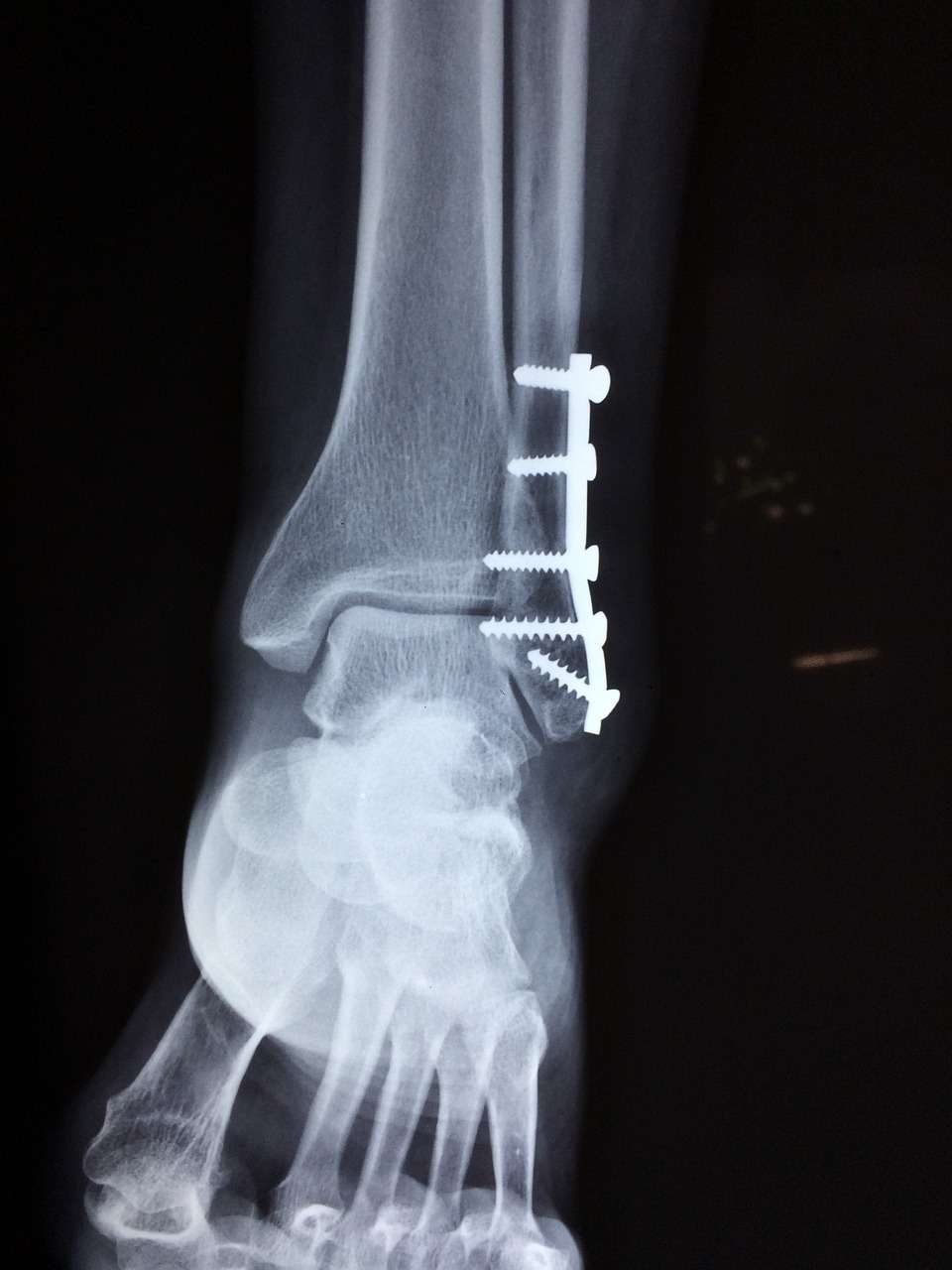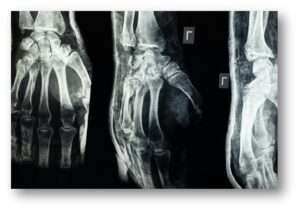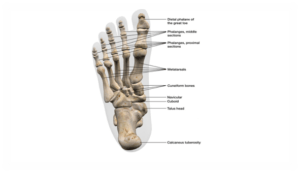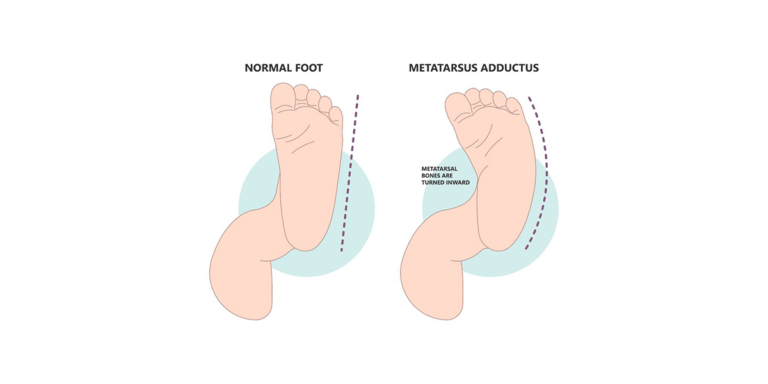Stress Fracture Warning Signs and symptoms
- Dr Owais Rafiq
- October 10, 2024
- 10:59 am

Introduction:
Did you know that stress fractures are much more common than you might think? They result from a lot of stress that your bone cannot cope with and are what they really are. A stress fracture is a micro crack of a bone. A fracture is a kind of breakage of the bones that is, in a medical aspect, a broken bone. Stress fractures have also been termed overuse injuries by healthcare providers because they occur most often through repetitive use of one particular area of your body. This article will identify the signs, symptoms, and protection for yourself and your loved ones with this distressing condition.

Understanding Stress Fractures: What Are They and Who Is at Risk?
Certain stress fractures are more common in specific sports. For example, runners often experience fractures in the shin and foot bones, and female runners may have pelvic stress fractures. Long-distance running can also lead to hip and pelvic injuries. Exciting hurdles and on top of that, frequent fractures in the knee. While the most common sports-related stress fracture occurs in the spine of gymnasts, as well as female soccer players, some football players such as offensive linemen as well as linebackers, and Olympic weightlifters, is the repeated bending of their back too far.
All athletes subjected to great stresses on their lower body structures are more liable to suffer from stress fractures; these include athletes who:
- Running (both long-distance running and track and field sports).
- Gymnastics (gymnasts are also more likely to develop hand and wrist stress fractures).
- Certain health conditions can increase your risk of a stress fracture, including:
- Osteoporosis (providers sometimes call these insufficiency fractures).
- High arch feet.
- Flat feet.
- Vitamin D deficiency.
- Having overweight or obesity.
- Eating disorders.
Early Warning Signs of a Stress Fracture You Shouldn’t Ignore
You may hardly feel the pain that a stress fracture causes in the beginning, but typically, it gets worse with time. The tenderness usually starts at a specific spot and decreases during rest. You might have swelling around the painful area.
Fractures are typically associated with pain as the major symptom. There is a lot of pain involved in almost all bone fractures, and the most common body movements like walking and the like are particularly painful affected area
Other symptoms at the site of the injury include:
- Swelling
- Numbness
- Bleeding
- bruising or change in color
- bone poking through the skin
Seek emergency room services If you believe that a member of your company has suffered a broken bone. Call an ambulance if you, or someone else, are injured in more than one place or cannot walk.

Common Causes of Stress Fractures in Adults
Repetitive Impact Activities
- Stress fractures usually occur when one increases an activity’s volume or intensity too rapidly.
- Bone gradually becomes accustomed to increased loads through remodeling, an essentially normal process that is accelerated when the load on the bone increases. During remodeling, tissue is destroyed (resorbed), and then rebuilt.
Some of the most common causes of stress fractures include:
- Practicing or training too often without resting enough.
- Starting a new sport or physical activity without the right training, guidance or equipment.
- Quickly increasing your activity level (suddenly ramping up workouts, training or other physical activity).
- Changing the surface you train or work on (switching from running on an indoor track to road running or starting a job that requires you to stand on a hard floor like concrete).
- Working or training without proper equipment.
- Bone Health and Nutritional Deficiencies
- Calcium and Vitamin D Deficiency
How to Prevent Stress Fractures: Tips for Active Lifestyles
Smart Exercise Routines
- Simple steps can help you prevent stress fractures.
- Make changes slowly. Start any new exercise program slowly and progress gradually.
- Avoid increasing the amount you exercise by more than 10% a week.
Proper Footwear and Equipment
- Use proper footwear
- Ensure that your size is perfect, and the shoes are the right ones for the activity
- If you have flat feet, enquire from the doctor whether you should use proper footwear for your shoes.
- Establish personality low-impact training habits to change your routine, besides to ensure less repetition in your workout and a better balance on your body.
When to See a doctor: Before Treatment Options for Stress Fractures
It is your doctor who will prescribe a course of treatment depending on the place where the fracture is located and the level of symptoms your condition has. The common treatments for stress fracture include:
Ice, Rest, and Over-the-Counter Pain Relief
Icing: Apply ice or a cold pack to your injured bone. Wrap ice packs in a thin towel to avoid putting them directly on your skin. Your provider will tell you how often (and for how long) you should ice your injury.
Rest: Stop physical activity especially the sport or activity that caused the fracture.
Elevating your injury: Though the injured bone should be kept raised above the level of your heart as much as possible. For instance, in the case of a leg bone or the feet, your leg can be placed on a pillow or a cushion from the time you are in bed to calm things down.
Common Treatments for Stress Fractures
Compression:
By compressing injured bones, blood flow is reduced, and the injury of the bones is less severe. Apply a compression bandage or wrap around the fracture.
Immobilization: You might need to wear a cast, boot or special shoe to support your injury and reduce how much pressure you put on it.
When Imaging Tests Are Needed (X-rays, MRI)
However, bear in mind that an x-ray will not manifest a stress fracture until about 6 weeks post the injury. In many cases, your doctor will order a bone scan or MRI to help with the diagnosis. Overwhelmed with pain in the foot, you may have a cast that goes as far as the knee if it is very severe.
- You may wear a special shoe to support your foot
- If you feel such excruciating pain, then a doctor may have a cast put under your affected foot.
- It may take as long as 4 to 12 weeks for the foot to completely mend.
Surgery and additional treatment options
More serious breaks may require additional treatment. If you have bone fragments in the toe that need to heal, taping may not be enough.
- You may be advised to wear a walking cast.
- This is a strategy that helps stabilize the injured toe while at the same time giving your foot enough support to ease partially the discomfort that you experience when you start walking.
- In extreme conditions, the only way out may be surgery, which allows the misplaced or fractured bone or bones to be realigned after resetting the bone or bones.
Occasionally, a surgeon places a pin or screw in the bone to form with the bones and allow for the toe to heal properly. Such confuses must remain in the toe bone forever.
Dr Owais Rafiq
Subscribe to Dr Owais YouTube channel
For parenting advice, child health, symptoms, causes and treatment of illness in children.





